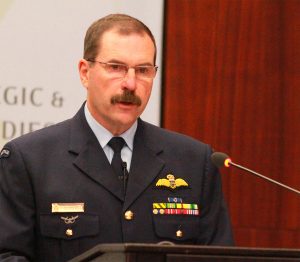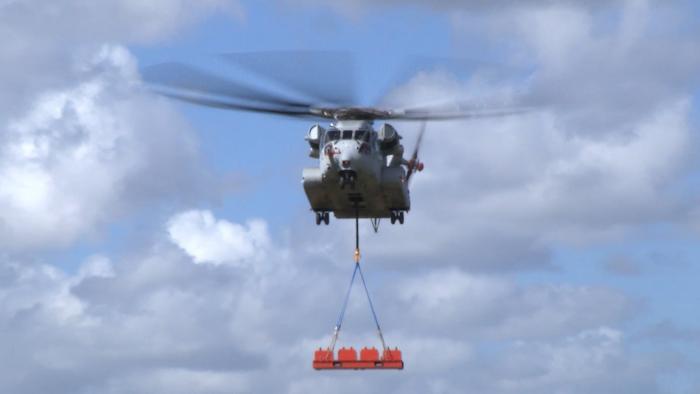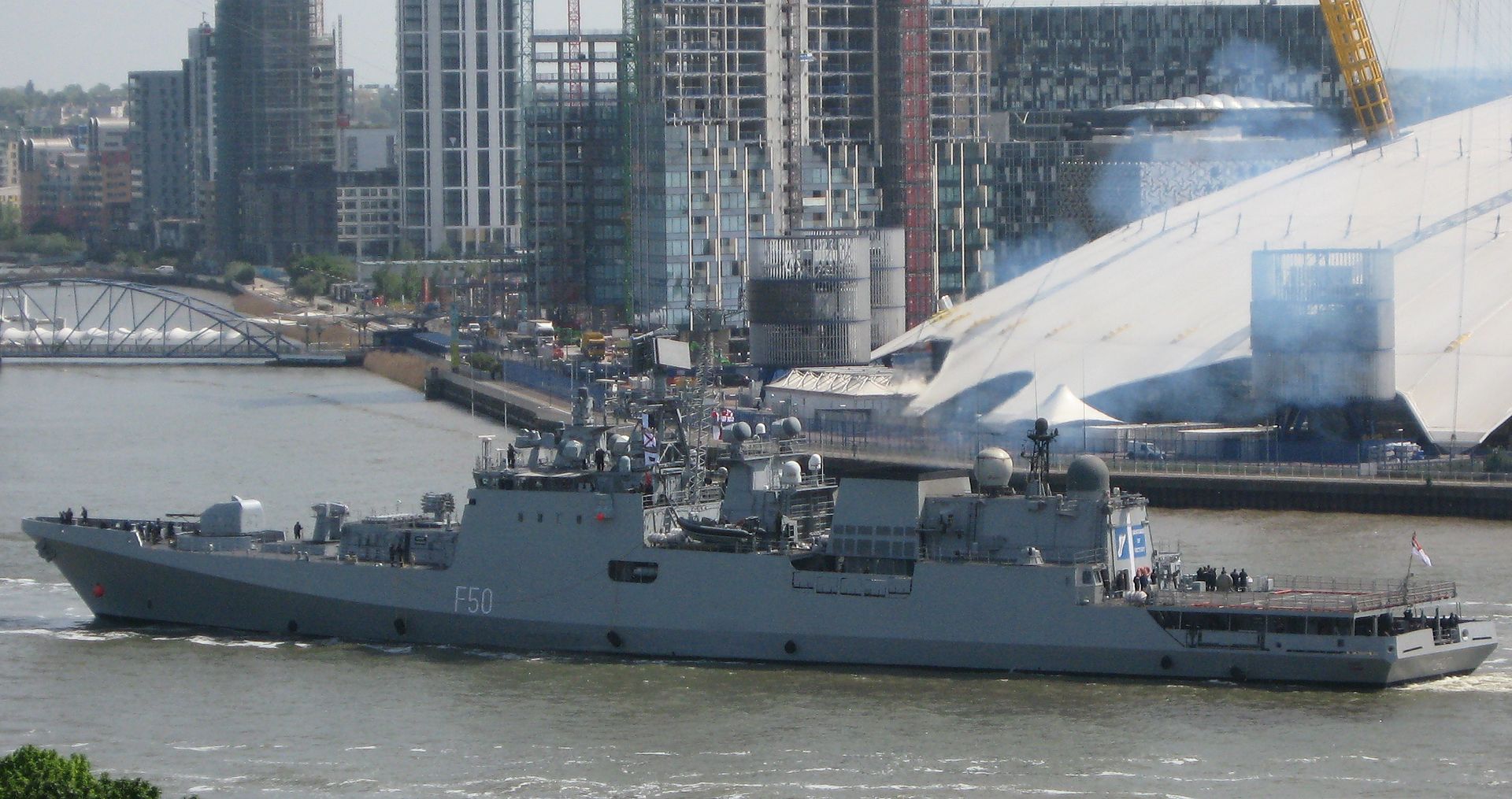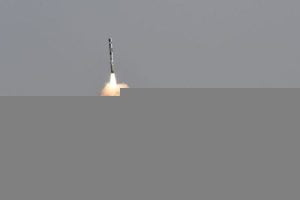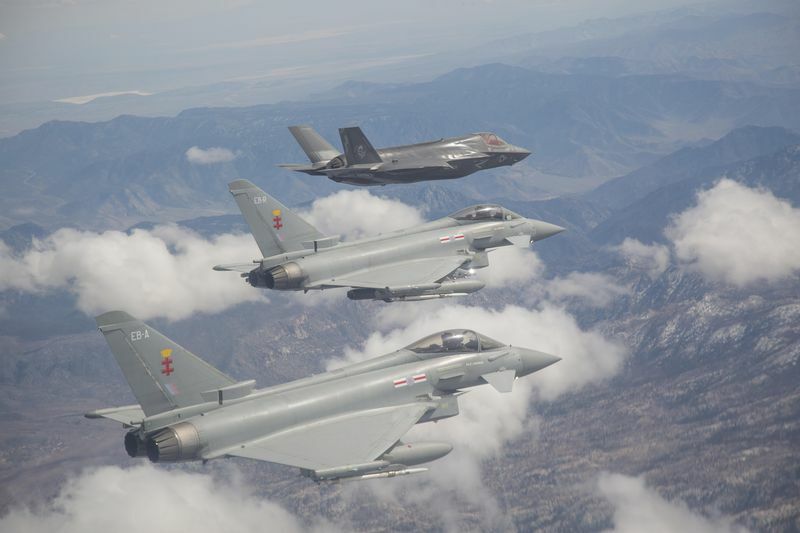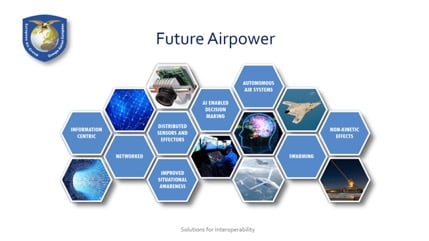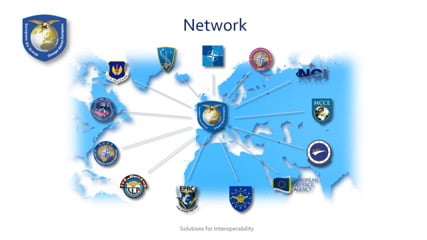Recently, Deputy Commandant of Aviation, Lt. General “Stick” Rudder testified before the Congress on the coming of the CH-53K and its importance to the USMC and its approach to combat operations.
“This aircraft is mechanically and technologically amazing. It fits directly into the National Defense Strategy as far as heavy lift for distributed operations in whatever theater you’re talking about.
“We’ve got about 800 hours on the airplane right now in the test sequence and we are working through all the reliability issues early on.
“We have frontloaded reliability and spares of this airplane. It is meeting quite — when I say it gets the Marine and naval force off our amphibious ships or wherever you are in a manner which cannot be accomplished by any other aircraft in DOD.
“We have KPP for 110 nautical miles lifting up 27,000 pounds. We’ve met that. As a matter of fact, we just lifted 36,000 pounds with this airplane the other day. That’s the highest.
“Now, I won’t want to argue with our Russian counterparts because they’ve got a helicopter that might have lifted more than that, but in the free world that’s the largest lift of any helicopter that we’ve done.
“So it is performing to that level that allows us as we look at the things that we are buying like the JLTV, and we just lifted one the other day that was 19,000 pounds. We’re able to lift that with ease.
“We’re able to dual lift Humvees, full up armored Humvees. So that capability allows maneuver on the battlefield.
“I think another thing I’ll say just for the logistics experts in here is we built that thing to be able to slide in 463L pallets. Those are the standard DOD pallets, so you can park a C-17, C-130, no tail-to-tail with this thing.
“You just roll pallets off right into the back of this helicopter and you can’t do that with any other system….
“It’s composite. It is fly by wire. It is one of those helicopters you can fly hands off and it’s really going to help us in another area that we have challenges with over the years.
“That’s a degraded visual environment zero visual conditions in the desert. So that stability, that helicopter will help us greatly in that environment.”
A recent press release from Lockheed Martin highlighted the CH-53K and its capabilities as well.
WEST PALM BEACH, Fla., March 7, 2018
The Sikorsky CH-53K King Stallion completed an external lift of a 36,000-pound payload at the Sikorsky Development Flight Center, achieving a maximum weight on the single center point cargo hook.
This milestone marks completion of critical flight envelope expansion activities for the CH-53K as Sikorsky, a Lockheed Martin company prepares to deliver the first aircraft to the U.S. Marine Corps this year.
The CH-53K lifted the external load of 36,000 lbs. into a hover followed by flight demonstrating satisfactory handling qualities and structural margins. The gross weight of the aircraft topped out at just over 91,000 lbs., making this the heaviest helicopter ever flown by Sikorsky.
“The successful completion of these last critical envelope expansion tests further demonstrates the maturity of the CH-53K aircraft,” said Dr. Michael Torok, Sikorsky Vice President, Marine Corps Systems. “We look forward to bringing this unique and exceptional heavy lift capability to the United States Marine Corps and our international customers.”
Prior to the 36,000-lb. lift, the CH-53K lifted various external payloads up to 27,000 lbs. including a Joint Light Tacticle Vehicle (JLTV).
The CH-53K can carry a 27,000 lb. external load over 110 nautical miles in high/hot conditions, which is more than triple the external load carrying capacity of the legacy CH-53E aircraft.
CH-53K Heavy Lift Capability from SldInfo.com on Vimeo.
Other flight envelope accomplishments include tethered hover demonstrating flight speeds to 200 knots, angle of bank to 60 degrees, takeoffs and landings from sloped surfaces up to 12 degrees, external load auto-jettison, and gunfire testing.
“The payload capability of this helicopter is unmatched, triple that of its predecessor and better than any other heavy lift helicopter in production,” said Col. Hank Vanderborght, U.S. Marine Corps Program Manager for the Naval Air Systems Command’s Heavy Lift Helicopters Program.
“The CH-53K program continues on pace to deploy this incredible heavy lift capability to our warfighters.”
The CH-53K is also garnering international interest. Rheinmetall and Sikorsky recently signed a strategic teaming agreement to offer the CH-53K for Germany’s new heavy lift helicopter competition.
Additional teammates will be announced in the coming weeks leading up to the aircraft’s debut at the ILA Berlin Air Show in April.
In the Fall of 2017, we interviewed the government’s chief test pilot and got his perspective on what the coming of the CH-53K means for the USMC:
The CH-53K is in the final phase of getting ready to enter into service.
The final phase of preparation includes the wrap up of testing at West Palm Beach, the conclusion of testing at Pax River, and the validation of maintenance procedures at the base, which will first receive the new aircraft, New River…..
In a discussion with LtCol Jonathan Morel, USMC, the CH-53K Government Chief Test Pilot and the first Marine to fly the CH-53K, during a visit to West Palm Beach on October 26, 2017, we discussed how the test process was readying the aircraft for its operational role.
In particular, we discussed the involvement of VMX-1, formerly VMX-22, in the process.
VMX-22 was set up to prepare the Osprey for its first combat engagements and has been a key player in the evolution of that aircraft. VMX-22 was based at New River, where I visited it several times, including flying on the Osprey with them as well.
The unit has been relocated to Yuma Marine Corps Air Station where they work closely with other key elements, such as MAWTS (Marine Aviation Weapons and Tactics Squadron One) to work not only the evolution of the new air assets but their integration into the evolution of the MAGTF.
LtCol Morel highlighted that the Integrated Test Team has included Sikorsky, the US Government, notably NAVAIR, and VMX-22 and then VMX-1.
This meant that the approach to preparation of the aircraft for service has built into it greater confidence in the aircraft not just meeting the test requirements set by the buyer, but the operational requirements of the user.
This means as well that the aircraft getting ready to join the operational force is not a prototype but a combat ready asset.
“We have already done the first operational assessment last year and this assessment fed into the milestone C decision. This operational assessment was done by VMX-1.
“We have been focused not simply on meeting the government set requirements but assessing whether we are on track to meet all our Key Performance Parameters (KPPs) as well.
“We flew the aircraft with an all government crew which included an operational test pilot from VMX-1 and myself to treat it more or less like an operational aircraft within any known constraints as part of the input to the Milestone C decision.
“We’re already doing the operational testers job to a large degree. And so, we actually end up with a lot of overlap on that regard with the operational testers and delivering a more combat ready aircraft.”
Milestone A is the process of initiating technology maturation and risk reduction.
Milestone B initiates engineering and manufacturing development.
Milestone C initiates production and deployment of a program.
https://fas.org/sgp/crs/natsec/RL34026.pdf
http://news.lockheedmartin.com/2017-04-04-CH-53K-King-Stallion-Program-Achieves-Milestone-C#assets_117:19309
LtCol Morel added that “everything that we’ve done for years, everything that we evaluate on the aircraft and looked at the aircraft, has been through the lens of, how is the aircraft going to work for us?
“If I were to leave this job and go back to the operational squadron with this aircraft, how is it going to help do the things that we need to do and how is it going to help us do them better?”
I then asked him to answer his own question.
And his answer underscored how the core function of heavy lift, which is to deliver Marines to the fight and to sustain them in the fight and to move them out of the fight, was going to improve with this aircraft.
The mission of a heavy lift helicopter for a ground force is pretty straightforward – it is to move people, equipment and supplies to where they need to be.
“I have to be able to get people and materiel to the area of interest in a timely manner and then I have to get them in safely and extract them when the time comes safely and securely as well.”
Reliability and availability of aircraft is a key consideration, and one which is a serious problem for the legacy fleet.
The K will be a much more reliable aircraft with the new maintainability built in as well as being built with modern systems and materials.
The engines and digital management systems onboard the aircraft will allow the Marines to operate the aircraft in extreme heat and altitude environments and carry up to three times as much usable payload with the aircraft.
“We’ll be able to go faster, we’ll be able to get there more reliably because of the avionic systems that are helping us get from point A to point B.
“But at the end of the day, we’re carrying more stuff.
“That means we’re using fewer aircraft to get there, I have a smaller footprint, I can act more distributed, I don’t need six aircraft in order to move this amount of stuff. I can do it with a section of two aircraft.
“Or I have to make fewer round trips back to the ship. I can minimize exposure, and build up combat power faster. To me, that’s what payload and speed give us.”
The safety aspect was underscored throughout the discussion.
LtCol Morel emphasized that with the E to perform safely required hundreds of hours of training and deploying the right people to get the job done.
“But that is not a recipe for predictable success.
“The fly by wire system delivers levels of automation and control, which provide for much great built in safety performance capabilities.
“The aircraft enables us to do the mission properly as opposed to waving off, taking several chances to get in, not being able to land where I wanted to because there is too much of a dust cloud and I have to land over there and the troops are scattered throughout the area of interest.
“With this aircraft, I can deliver the load the exact spot required, safely, and every single time.
“And that’s because of the fly by wire system of the aircraft.
“We can be in quickly and out.
“Quite honestly, other than getting aircraft out of the hanger and onto the flight line ready to launch, the hardest thing we do is land our cargo and troops in the desired location under any conditions.”
He was asked: What was your single most pleasant surprise operating the aircraft?
“How well the aircraft flies itself.
“We say that in the simulator, but what you get in the sim is what we are seeing as we test and operate the aircraft.
“The position-hold capability of the aircraft is amazing.
“It’s unbelievable to me how perfectly still the aircraft sits on a normal ambient, normal weather day outside in the hover mode.
“There’s not a pilot out there who can actually hover better than what the aircraft’s doing by itself right now.
“The aircraft can hover over a spot, just perfectly still.
“The guys are hooking up the load, giving you the thumbs up. It’s really unbelievable.
“This means that the tasks which we need to do that requires a steady platform, whether it’s taking off or landing on the ship, coming in to pick up external cargo and dropping off cargo in tight spaces or simply stabilizing the aircraft and getting on the ground quickly to drop the ramp instead of wasting time trying to stabilize, all of these tasks will be enhanced by the capabilities of the K.”
